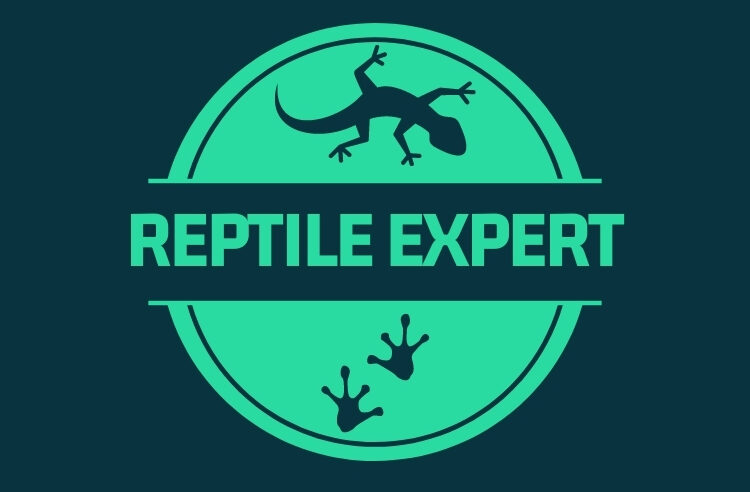The work of the Cayman Islands’ Blue Iguana Recovery Programme (BIRP) in rescuing one of the world’s rarest and most threatened reptiles from the edge of extinction, ranks high amongst the greatest conservation success stories of modern years.
Long thought to be simply a subspecies of the Cuban Iguana ( Cyclura nubila), new DNA investigations led to the Blue Iguana ( Cyclura lewisi) being reclassified, in 2004, as a species in its own right – which instantly catapulted it to “critically endangered” status.
Although it had been widespread and abundant throughout its island home before the European colonists arrived, as the world celebrated the dawn of the new millennium, only a handful of Blue Iguanas were left in the wild. The newly elevated species looked to be in serious danger of becoming extinct within a decade; between the destruction of its natural habitat and the unwelcome attentions of feral cats and dogs, the decline and ultimate loss of the Blue Iguana seemed inevitable.
However, just a few years later – by April 2007 – the numbers of wild-living Blue Iguanas had been swollen to nearly 300. Although it’s still a relatively small population compared with historic levels, this remarkable turnaround in the species’ fortunes raises the very real possibility that the Blue Iguana might yet be saved – and seemingly against all the odds!
Meet The Blue Iguana
The Blue Iguana is a truly magnificent-looking reptile and – growing to more than 5ft (1.5m) in length and weighing in at over 24lbs (11kg) – it’s Grand Cayman’s largest indigenous land animal.
A long-lived lizard, with a lifespan approaching 70 years, the Blue Iguana has evolved in an island environment where, once adult, it has no natural enemies – which leaves it without any defence strategy to deal with the growing number of local cats and dogs.
Captive Breeding
Back in 1990 – in response to a government survey undertaken two years earlier – the National Trust for the Cayman Islands began a programme of captive breeding for the island’s iguanas in an attempt to stave off their predicted extinction. Since those days, the work has expanded to include habitat protection, extensive field research, and a major public education and awareness scheme.
The original Blue Iguana breeding facility was built at the Queen Elizabeth II Botanic Park in 1995, with funds provided by WWF, the Foundation for Wildlife Conservation, WWF-UK and the Milwaukee County Zoological Society. Eight years later, a wide range of local international donors enabled it to be significantly extended to allow around 40 adults and 200 hatchlings and juveniles to be accommodated. Today, the facility routinely runs close to full capacity and captive bred and reared lizards remain at the centre for their first two years of life, benefiting from a predator-free head-start, before being released into the wild.
The Programme For Recovery
Ensuring the survival of the Blue Iguana, however, calls for more than just breeding the animals in captivity and a comprehensive recovery plan has been developed in an attempt to preserve the species and its natural habitat for future generations. The plan itself includes establishing a protected reserve within the natural range of the surviving truly wild iguanas, further expansion of the captive breeding facility, extensive conservation and improvement of their habitat and a major drive to build up the captive population overseas, to preserve the species’ genetic diversity.
This programme is supported by some heavyweight partners – the National Trust for the Cayman Islands, the Cayman Islands’ Department of the Environment, the Queen Elizabeth II Botanic Park, the International Reptile Conservation Foundation and the Durrell Wildlife Conservation Trust.
The long-term goals of the project are bold – the Species Recovery Plan calls for the restoration of a minimum of 1,000 Blue Iguanas into the wilds of Grand Cayman. One thing’s for sure, given BIRP’s track record to date, if anyone can achieve it, they can!
